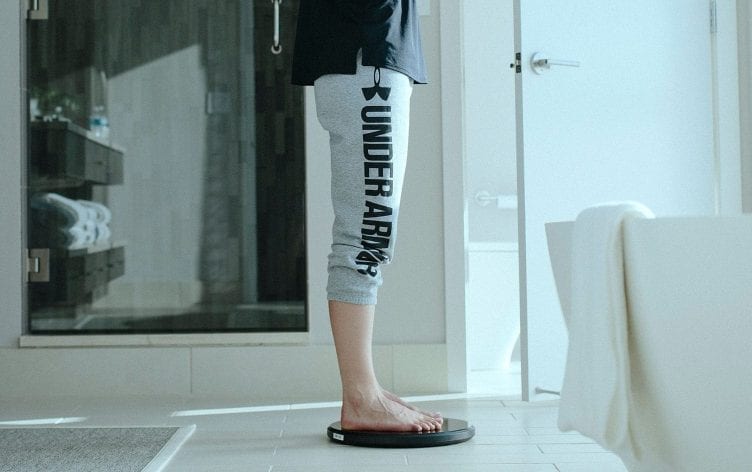
When setting weight goals, it’s easy to pick a number that seems as low as possible — or at least lower than you are now — or to arbitrarily choose a time in your personal history when your weight seemed just right. Maybe that was high school, pre-baby or just a few months ago.
You may choose to go with a more standard number, like the “normal” range of your body mass index (BMI) score, or simply compare yourself to some of the fitter people on your Instagram feed who seem to be around your height and build.
The fact is: Choosing an ideal number for your weight isn’t an easy task, especially because age and gender play a role as well. However, determining an ideal number may be a good step toward more wellness, according to Italian researcher Antonello Lorenzini of the University of Bologna.
“Body weight, of course, has a relation to optimal health,” he says, adding that reaching what you determine to be an “ideal weight” can be useful for preventing the health risks that come with obesity and being overweight.
THE PROBLEM WITH BMI
Although it’s common for physicians, insurance companies, some schools and even the Centers for Disease Control to use BMI for measurement, there are plenty of issues when it comes to using that for gauging excess weight.
First, those with more muscle mass will be kicked into higher categories. Technically, Arnold Schwarzenegger is considered obese. Even with those who are “normal weight,” BMI doesn’t allow for insight into muscle versus fat.
Adding to the challenge: There have been different formulas in the last 50 years for determining “ideal weight.” Even within the BMI, the range of recommended weight can be wide, four formulas in particular — Hamwi, Devine, Miller and Robinson — each come with their own set of criteria, and while the results may be similar, there are still variations.
For example, a 30-year-old woman who is 5-foot-4 would be considered within a healthy range if she weighed between 107–145 pounds. The most recent formula, Robinson, would put her ideal weight at 123. But a woman who has solid muscle mass may weigh more — does that mean she needs to risk losing that muscle just to reach a lower number? That seems like an absurd strategy, Lorenzini says. “BMI’s limitations are well known,” he notes. “It gives a very imprecise estimate of a person’s activity level, which has been recognized as contributing to successful aging and greater health.”
READ MORE > WHAT BMI MAY (NOT) SAY ABOUT YOUR HEALTH
BETTER WAYS TO MEASURE
With BMI as a less-than-accurate gauge, it becomes tougher to nail down a specific number for ideal weight, but maybe you don’t have to. Some experts believe that there are better strategies for tying body composition to overall health and fitness. For example, you could track body fat percentage, waist-to-hip ratio and other measurements. Or, you could simply ditch the numbers altogether.
Step away from the scale, set a goal, write it down and work toward it, advises Kasey White of the sports performance program at The Ohio State University Wexner Medical Center.
“If someone tells me she wants to lose 20 pounds, I say, ‘Let’s start with making your jeans a little looser instead,’ because that’s a more tangible goal,” he says. “BMI makes people stressed, and so I suggest different benchmarks.”
Other goals might be fitness-related, he adds. For instance, being able to run a 5K within a certain time or lifting a specific amount of weight in a deadlift. Working toward goals like that usually creates the body composition changes you want, without the reliance on weight.
“The scale can be a tool to measure progress, but it’s not the best one,” says White. “You have to put that number into context with other factors like your fitness goals.”

